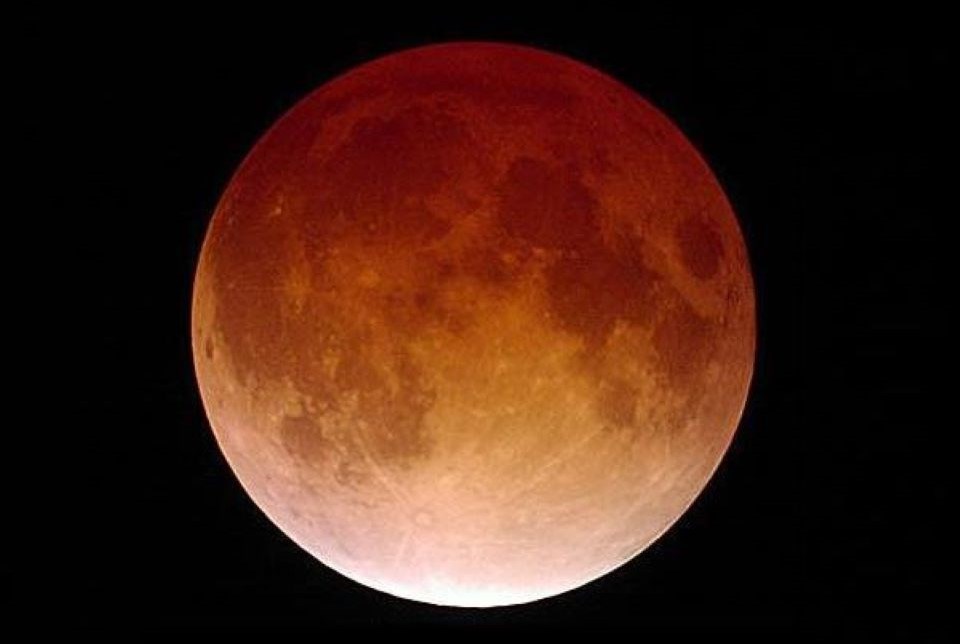In the early morning hours of November 8, 2022, North America will witness the last total lunar eclipse of the year.
This amazing sky show will play out with Eastern, Atlantic and Newfoundland time zones seeing most of the event until moonset. The rest of North America will enjoy the late but spectacular show. This is a very safe event as the full Beaver moon will pass through the earth’s shadow for a maximum of three hours and 40 minutes.
The November full moon is known as the Beaver Moon because it was the time to set traps before the swamps froze to ensure a good supply of furs for the winter. A different interpretation is that this is the time beavers would be most active in the preparation for winter, according to Merriam-Webster Dictionary.
Eclipses do not occur each month, due to the slight tilt of the moon’s orbit around earth. Some months the full or new moon is positioned above or below the earth’s shadow cast into space. There are a few times each year when the Sun, Earth and Moon line up to give us a solar or lunar eclipse. Each can be partially or totally covered. Throughout antiquity, the “Blood Moon” was an omen of the impending doom of war or even demons. Superstition ruled the skies in the early days.
The reddish or brownish-orange tinge of the lunar surface seen during totality is caused by the solar rays refracting through the earth’s atmosphere, much like we see spectacular red sunsets at night. The next lunar eclipse will only be a slight partial of 12% on October 28, 2023, visible from the Atlantic provinces. The next total eclipse which all of North America can witness will be on March 14, 2025.
Eclipse Eastern times are:
Partial umbral eclipse begins: 4:09 a.m. Moon enters the earth’s shadow.
Total lunar eclipse begins: 5:16 a.m. Moon turns dark orange or red.
Greatest eclipse: 5:59 a.m. Mid-point of the eclipse.
Total lunar eclipse ends: 6:41 a.m. Moon begins to leave the shadow as it sets in the west.
Partial umbral eclipse ends: Moon ready set.
Known as “The Backyard Astronomer”, Gary Boyle is an astronomy educator, guest speaker and monthly columnist for the Royal Astronomical Society of Canada as well as a STEM educator. He has been interviewed on more than 55 Canadian radio stations as well as television across Canada and the U.S. In recognition of his public outreach in astronomy, the International Astronomical Union has honoured him with the naming of Asteroid (22406) Garyboyle. Follow him on Twitter: @astroeducator, Facebook and his website: www.
